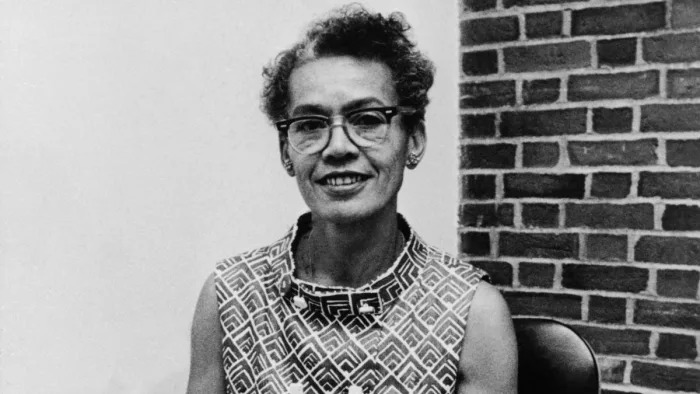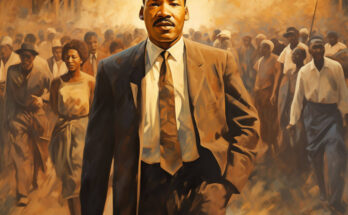A Visionary of the Civil Rights Movement
The works of The Rev. Dr. Anna Pauline “Pauli” Murray played a pivotal role in the landmark 1954 Supreme Court case, Brown v. Board of Education of Topeka, which ended school segregation. However, Murray, who was a lawyer, Episcopal priest, and pioneering civil rights activist who co-founded the National Organization for Women, was not aware of this significant contribution until a decade later.
In 1944, Murray was the only female student at Howard Law School and held the top position in her class. During a discussion on Jim Crow laws, she had a realization: why not challenge the “separate but equal” doctrine (Plessy v. Ferguson) and argue that segregation was unconstitutional? This concept formed the basis of her 1950 book, States’ Laws on Race and Color, which NAACP attorney Thurgood Marshall referred to as the “bible” of Brown v. Board of Education.
In 1965, Murray and Mary O. Eastwood wrote the essay “Jane Crow and the Law,” advocating that the Equal Protection Clause in the 14th Amendment should be extended to include sex discrimination as well. In 1971, young lawyer Ruth Bader Ginsburg successfully made this argument in front of the Supreme Court in Reed v. Reed, with Murray being listed as a co-author on the brief.
Murray passed away in 1985, but her numerous contributions have continued to be recognized and celebrated in the years since. In 2012, she was declared a saint by the Episcopal Church, a residential college at Yale was named after her in 2017, and she has become a LGBTQ icon due to her progressive views on gender fluidity. Despite all these accomplishments, as Murray wrote in her 1970 essay “The Liberation of Black Women,” if someone were to ask a Black woman in America what her greatest accomplishment was, her honest answer would be “I survived!”
Brandeis University professor Dr. Pauli Murray, 1970. (Credit: AP Photo)





